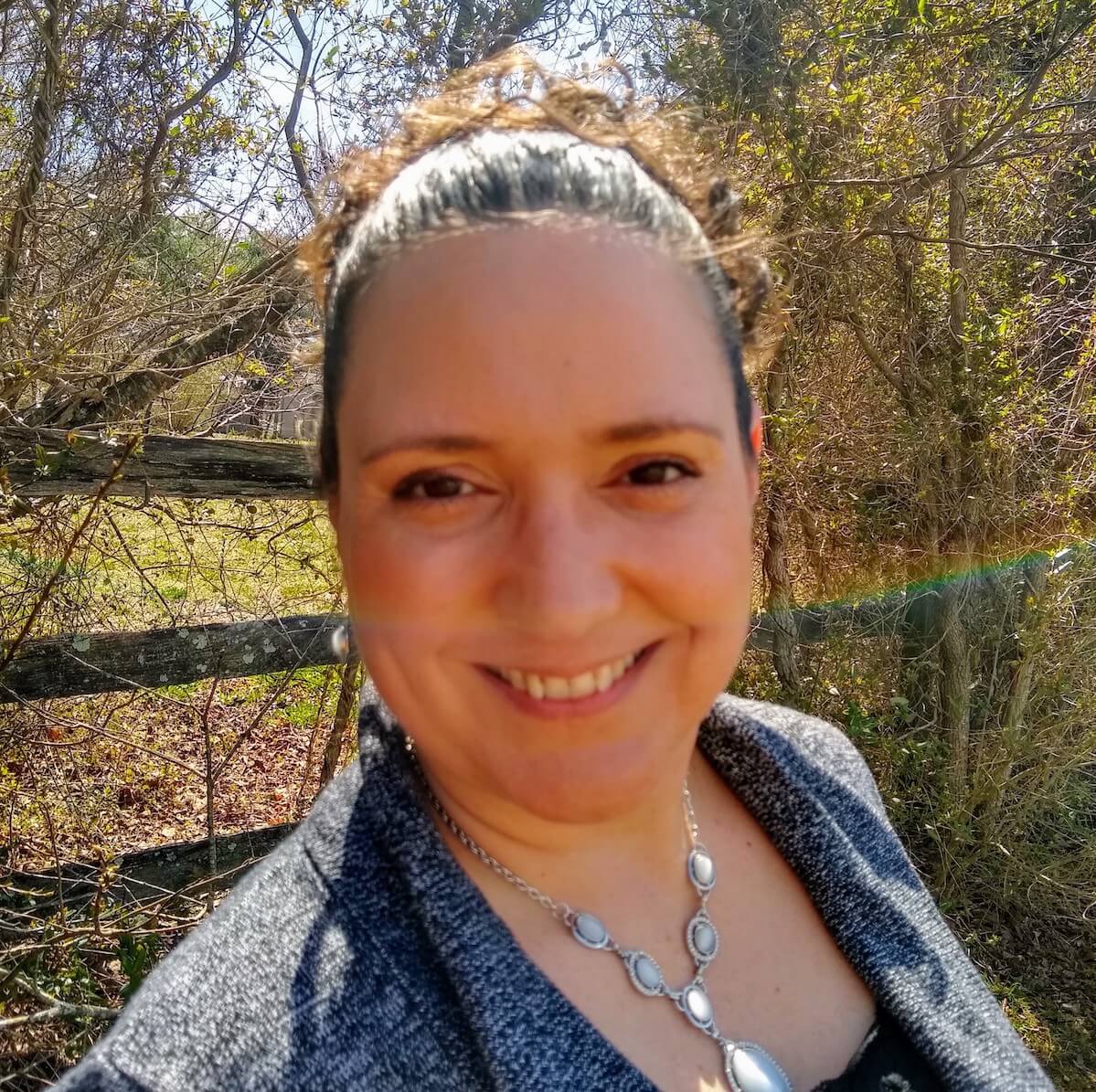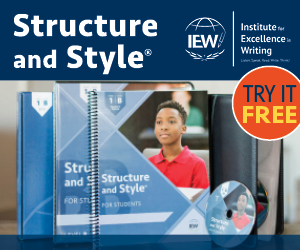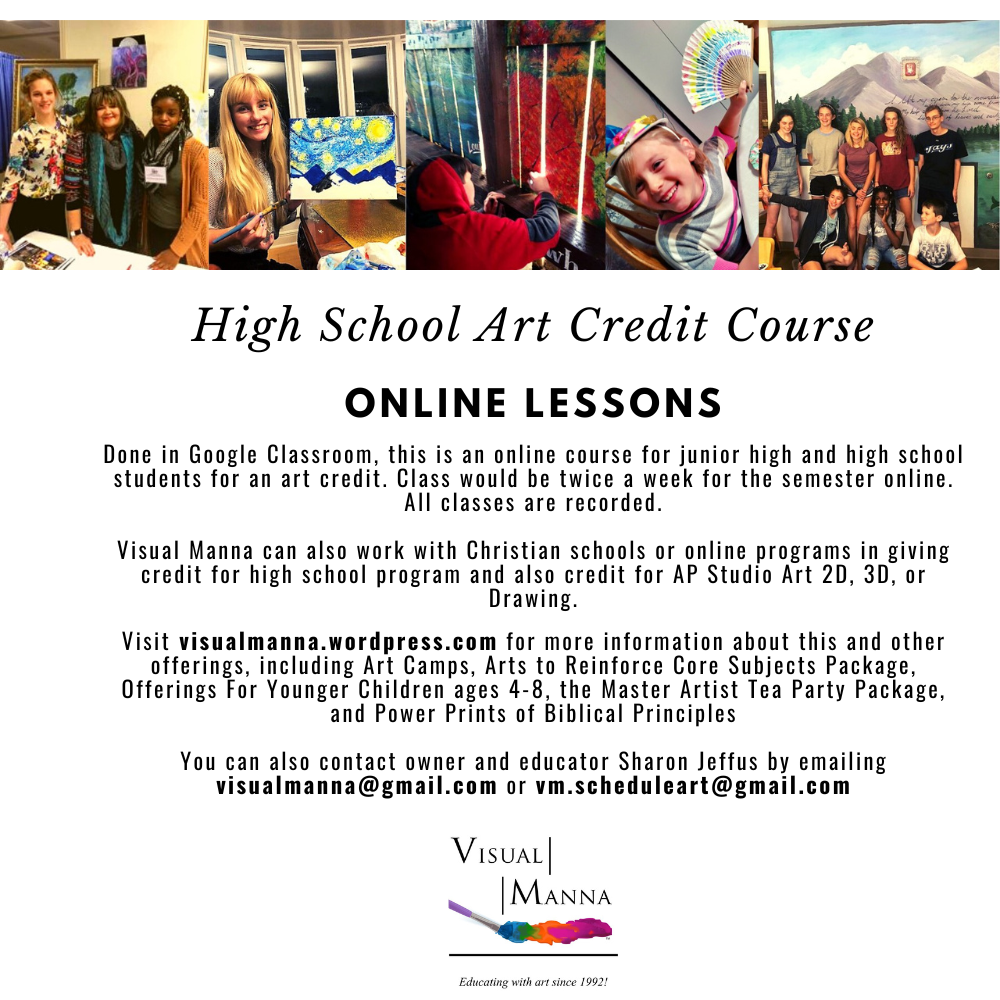Navigating the World of Homeschool Curriculum: A Guide to Getting Started
by Patricia Beahr
If you’ve been considering homeschooling for a while, you’ve probably had time to research choosing curriculum by investigating methods, tools, resources, costs, support groups, classes, co-ops, activities, field trips, and other exciting educational opportunities available to you.
However, if you haven’t had time to look into these things yet, don’t fret! This article will provide guidance to help you navigate the world of homeschool curriculum.
Finding Encouragement and Grace In the Changes
Before we get into the practicalities, it’s important to first acknowledge the changes that are going to be taking place.
Once parents begin to explore home education, they soon realize that a whole new world has opened up for them and their families—one that will forever challenge familiar ideas about what education is and what it can look like. Upon initial glance, it might seem overwhelming. Take courage! Parents have been home educating for about 97% of recorded human history, and a reliable path has been maintained for all of us by strong, modern homeschool pioneers. Also, know that you are not alone. You have ample support available to you as you begin this new journey (see Tools and Resources below).
If you ask a seasoned homeschooler where to start, undoubtedly they will tell you that what is needed first is time — time to explore, consider, and experience education in a whole new, unrestricted context. You might hear the word “deschooling” come up in conversation; a common term used for the transition process that will be taking place. The idea involves letting go of what we think we know about “education,” to invite new ideas into the picture. As you journey along, you can expect mental shifts to naturally occur—for parents and children alike. Indeed, complete paradigm shifts are common. Find grace in these changes, knowing they are a good and healthy part of growth.
Additionally, during this adjustment period, try not to expect too much, too fast—of yourself or your children. Be sure to keep in mind that education and parenting are life-long endeavors. We can expect to never fully arrive at a final and “perfect” destination.
As in all things, we do well to set sincere and clear intentions, act with our best efforts, trust that all will fall into place, and enjoy the process.
A Practical Strategy For Getting Started
What does a homeschool curriculum look like?
In wide view, homeschooling is most often practiced as a lifestyle of learning that is facilitated and nurtured by loving parents. You might hear it called, “Parenting…with academics.” First and foremost, family is found at its core, and a healthy family life—that is, the atmosphere we create in our homes; the behaviors and habits that we model; the love, support, security, and opportunity we provide to our children—is foundational in a homeschool curriculum.
As you pan in, you will find that each family’s homeschool is unique—just as every individual is unique. This is because homeschooling is customized education. Customization allows each child to explore the world freely and grow naturally in his own, personal potential.
And, it works! Whether we look at academic statistics; measures of social, emotional, and psychological development; positive citizenry; or overall life satisfaction, studies consistently show that the average homeschooler functions at the highest levels. “Customization is the secret sauce of home education,” says Anne Miller, president and executive director of Home Educators Association of Virginia (HEAV).
An Implementation Strategy
Step 1: Put First Things First
For a family of faith, the first thing that can be added to the daily routine is family Bible study and prayer time. You don’t need a program to do this. For example, you can take turns reading a Proverb each day, talk about anything that comes up, and then pray together.
Eventually, this initial gathering might be extended to include a quality read-aloud book that can be enjoyed by all ages. From here, children can break off into their individual studies, or you might continue with family studies. History, science, nature study, foreign language, physical education, memory work, music, art, etc. can all work well for family studies. This idea can be explored more once you have the academic foundations in place.
Step 2: Get the Academic Foundations Going
Language arts (a term that encompasses skills in hearing, speaking, reading, and writing) and math are the academic foundations. In a homeschool, they are often taught individually and at levels appropriate to each child’s ability.
Note: Language arts and math are also the two main subjects found on nationally-normed, standardized achievement tests (often used by parents to provide the required annual evidence of progress in Virginia).
For this strategy, you will first work to find tools and resources that will assist in teaching these two subjects. Once you have your tools and resources together, begin the day with family time and then follow it with language arts. Once everyone is comfortable with this routine, add math.
Step 3: Build a Full Homeschool Program
After you have established a routine of family time, language arts, and math, you can then begin adding in the other core subjects, one by one, taking time to adjust to each addition until you have a core, academic course load going. Generally, a core academic course load includes study in the areas of language arts, math, history, science, and foreign language.
Parents can then add additional studies, including the child’s passion-driven interests from among things like music, art, theater, sports, robotics, coding, mechanics, building, cooking, gardening, animal husbandry, crafting, ventures in entrepreneurship, etc. Learning opportunities are also enjoyed through field trips, travel, clubs, service work, and the like.
Additionally, and essentially, it is important to understand that life experience is the realm where all education takes place. There is no greater teacher or curriculum than life itself! Our job, as parents, is to use the tools and resources provided throughout our children’s experiences—the good, the challenging, the new and exciting, the mundane—to assist them in building positive relations with themselves, with others, and with the world they live in. We help them along as they learn to cultivate their own healthy, strong character that will go with them throughout their lives.
“There is no greater teacher or curriculum than life itself!”
Finding Tools and Resources
Set Your Priorities
Budget Needs: Like parents who use private school or hire a certified tutor, home education is fully parent-funded. A high-caliber education can be earned using tools and resources that have no cost…or those that run in the thousands. The quality of an education is not dependent upon how much it costs. Therefore, it is entirely appropriate to set a budget up front. Write your budget down.
Unique Needs: How does your child learn best? What are your child’s strengths? Do you work outside the home? Does your child work? Do you have other obligations like being a caregiver, a homesteader, or volunteer? How much lesson time can be woven into your family’s day? Do you need to find tools, resources, or methods to serve a special need? Write your unique needs down.
Preferences: Although preferences are not needs, in some circumstances, they can be priorities. Do you want a program that is already prepared for you, or do you want to create your own? What is your child’s favorite way to learn (experience, books, videos, games, classes, etc.)? Write your preferences down.
Determine Your Search Strategy
Now that you have an idea of your needs and preferences, let’s look at a strategy you can use to help you sort through the world of homeschool curriculum.
Search By Method or Approach
If you are just starting, researching by method or approach is my top recommendation for finding customized resources.
It is helpful to know that homeschool curriculum is often designed to align with a particular educational method or approach such as classical, Charlotte Mason, unit studies, Montessori, traditional, etc. Therefore, it’s very helpful to first understand the differences in the various methods so you can get an idea of what might work well right from the start. This strategy can save you a lot of time (and money!) in the long run.
One of my favorite introductory resources for learning about the most common educational methods and approaches found in homeschool curriculum is Sonya Shafer’s 25-minute video, “5 Flavors of Homeschooling.” Once you are able to identify a flavor or two of interest, you will then be able to narrow down your search to the publishers who offer tools and resources that support that flavor.
Search with a DIY Approach
You may prefer to consult a reference that provides a list of common academic skills organized by subject and progression. Then, you can seek out tools and resources to teach those skills.
Search with a Learn-As-You-Go Approach
If you want to dive right in or try a simple route to getting started, an online, core-curriculum program could be a great option. Most of these programs are automated and can be started immediately with the click of a button.
Alternatively, many companies offer open-and-go packages, often referred to as “curriculum in a box.” Parents are provided all the tools and resources needed to teach the subjects included in the package on an established schedule.
Search by Form of Delivery
Tools and resources come in a variety of forms like textbooks, literature or “living books,” audio books, lectures, DVDs, online courses, classes at co-ops, community programs, private tutors, learning apps, clubs, games, etc. Forms can differ by subject, preference, need, and ability.
Search for In-Person Co-Ops or Classes
Homeschool co-ops are independent ventures, often run by homeschool parents themselves. Built upon the homeschool principle of parental involvement, co-ops generally function in a supplementary manner. In this regard, it is common for parents to be required to attend or volunteer at a co-op.
Additionally, co-ops vary in their offerings and meeting times. One co-op might meet twice a week, once to teach history and once to teach science, while another might be a nature study co-op that meets bi-weekly. See what is available in your area to determine what your options are and whether that co-op is a good fit for your needs and interests.
Note: Since 2020, the use of terms like microschools, learning pods, and hybrid schools have become more popular as parents began seeking educational solutions. Regardless of what the program is called, it is essential that parents know how Virginia law defines it. This knowledge assists the parents in knowing how to file in compliance with compulsory attendance law.
Questions parents might ask include:
Is this program subject to child care laws?
Is this program considered a private school in Virginia?
Does this option fall under the Virginia certified tutor statute?
Please call the HEAV office for assistance if you have questions about a program in your community and, thus, how to file.

Come to the Annual HEAV Homeschool Convention
Every June, HEAV puts on one of the largest and most popular homeschool conventions in the country. If you want to get your hands on homeschool curriculum and speak with curriculum publishers and creators, this is the place!
At the end of this article, I’ve provided a list full of links to help you get started finding the tools and resources that you need.
Ongoing Parent-Teacher Training
Ongoing parent-teacher training is an important component of your home education experience. Consider—above all—regular attendance at the annual HEAV Homeschool Convention. The HEAV Homeschool Convention is widely considered to be the best in-service, parent-teacher training that you could ask for. For our family, it was exactly the experience we needed to finalize our decision to homeschool in 2013. Since then, homeschooling has proven to be one of the best decisions we have ever made for our family. From my family’s perspective, the HEAV Homeschool Convention is essential.
In addition to this, there are countless books, articles, videos, podcasts, seminars, online summits, local support groups, and so much more to assist you in continuing to develop your knowledge and skills as a parent-teacher. Always keep something going in this way throughout your home education journey to continually equip yourself and your children for success.
As you go, remember that, as we work to continually educate ourselves, we must also teach the tools of self-education to our children. What is self-education? It is all about using tools and resources available to us to learn whatever it is that we want to learn; it is how we teach ourselves—about anything and everything. The great British educator Charlotte Mason put it like this: “Self-education is the only possible education; the rest is mere veneer laid on the surface of a child’s nature.” If we can help our children master the skills of self-education, they can learn anything!
Enjoy the Journey
Lastly, more than anything else, homeschooling is focused on the child. We are supporting the life of a whole person—a living, breathing, human being made in His image. Keep a wide view of all that education entails—spiritual development, moral development, emotional development, physical development, academic development—and provide for your child the best atmosphere you can possibly provide for all of this wonderful development to take place. Enjoy the journey!
Tools and Resources
HEAV has a great list of suppliers.
HEAV’s resource for curriculum options.
Cathy Duffy’s Curriculum Reviews is an incredibly useful website.
Search Tools
Search By Method or Approach
- Introduction to Homeschool Philosophies and Methods: Sonya Shaffer’s 5 Flavors of Homeschooling (video) and 5 Flavors of Homeschooling (blog post). Download the workshop handout for a list of publishers that support your chosen method(s).
- Internet search (Ex. “Charlotte Mason homeschool curriculum”)
- Rainbow Resource: Download RR’s catalog to search by method (indicated by icon), search their website by keyword, or contact RR’s consultants for method-specific suggestions
- Visit HEAV’s Homeschooling in Virginia group to ask for suggestions (“What are your favorite classical-style resources for language arts?”)
Search with a DIY Approach
- What Your “X” Grader Needs to Know by E.D. Hirsch
- What Your Child Needs to Know and When by Robin Sampson
- World Book’s “Typical Course of Study” article
- Home Learning, Year By Year by Rebecca Rupp
Search with a Learn-As-You-Go Approach

Patricia and her husband began their home education journey in 2012, and they consider this decision to be one of the best that they have ever made for their family. Patricia seeks to share the blessings that her family has enjoyed by providing her fellow home educators encouragement, guidance, and assistance as they walk out this journey together. Patricia currently works on HEAV’s legislative team as Yvonne Bunn’s assistant director of government affairs. You can reach her by contacting the HEAV office or finding her online at HEAV’s Homeschooling in Virginia Facebook page.










